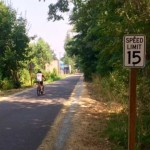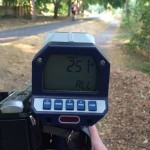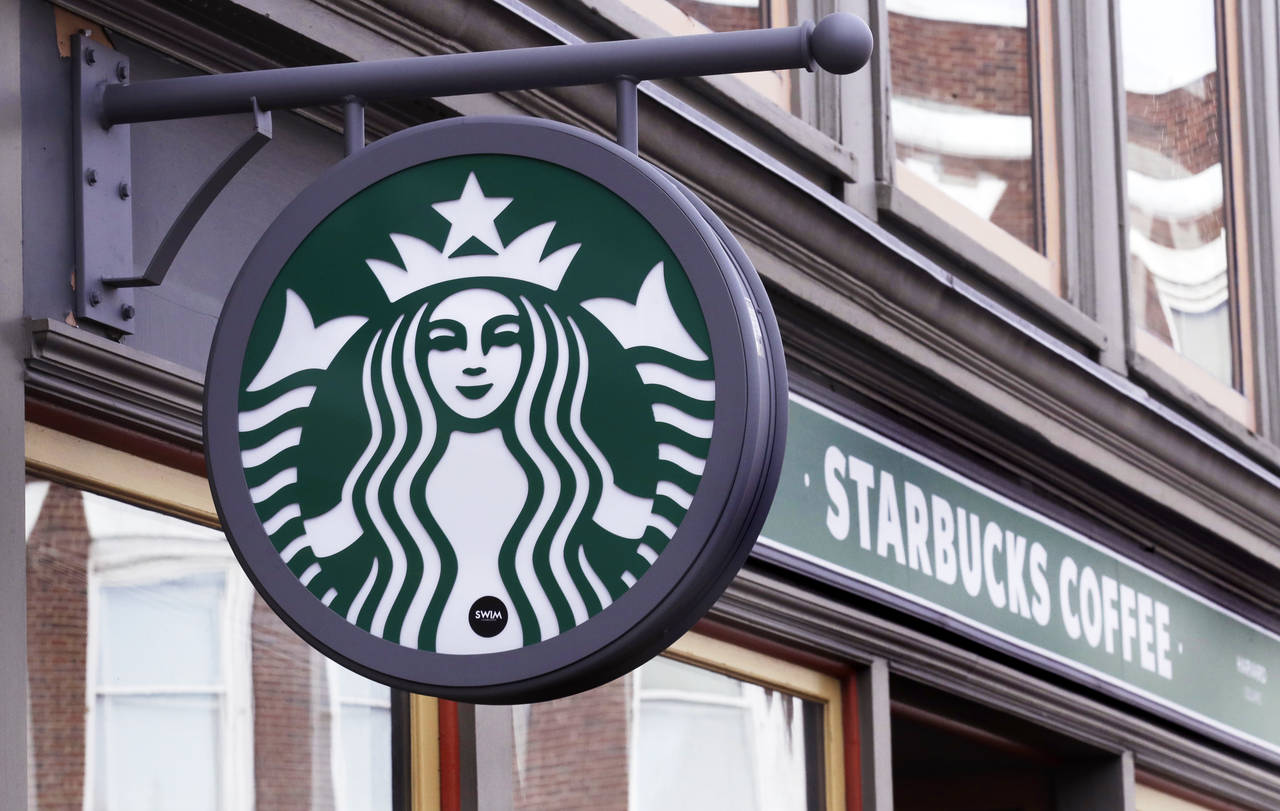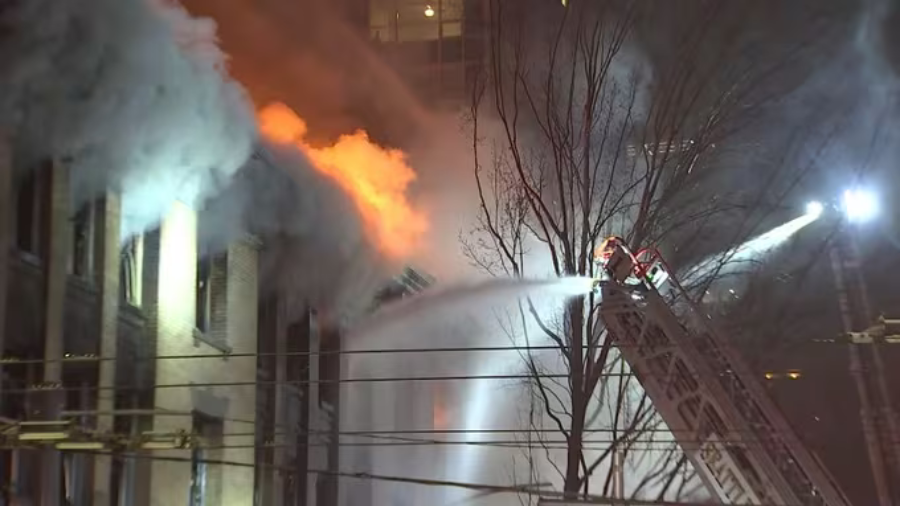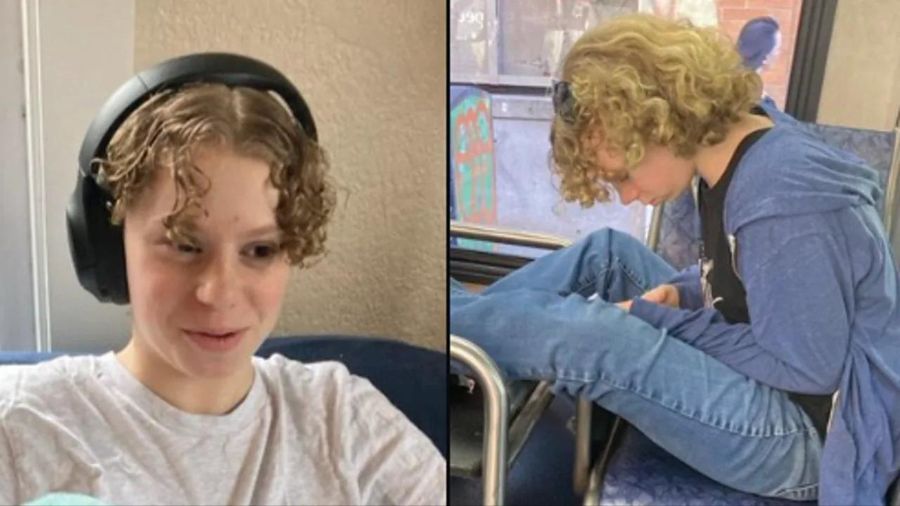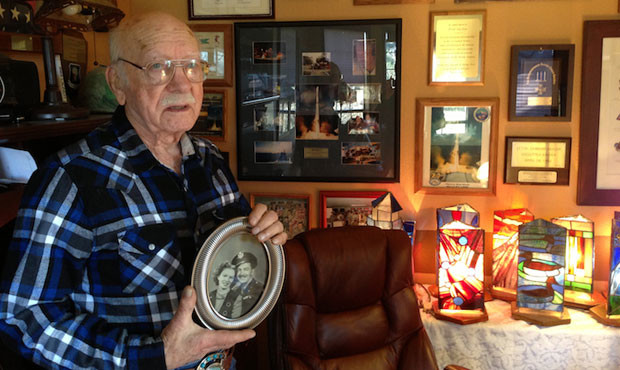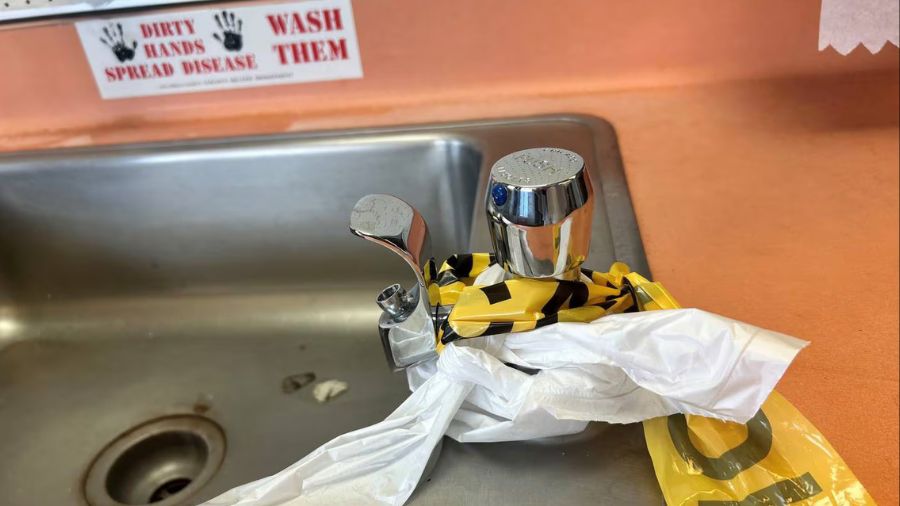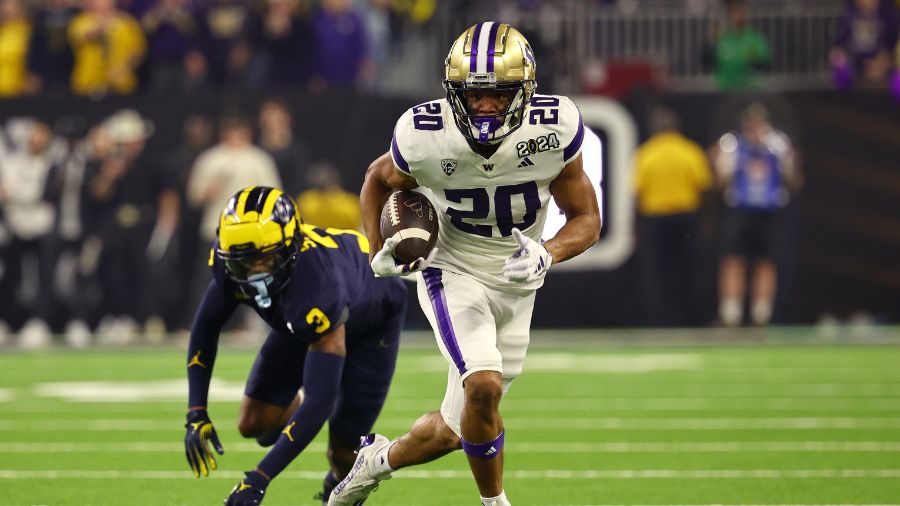Bad behavior caught along the Burke-Gilman Trail
Aug 9, 2017, 7:39 AM | Updated: 11:15 am
As King County’s population booms, with more than 1,000 people moving in weekly, traffic issues and safety concerns on the roads are frequently in the news. But there’s one commuter highway running from Bothell to Ballard that doesn’t get a lot of headlines, even though it’s so dangerous that if you use it every day, it’s almost guaranteed you will be injured in an accident.
That highway would be the Burke-Gilman Trail.
RELATED: People Power created Seattle’s Burke-Gilman Trail
“It’s the superhighway of biking in Seattle,” said Cliff Mass, the outspoken University of Washington climatologist who has commuted on the trail for nearly 30 years. “Everybody who commutes has been hurt. Without exception, you get hurt. If you go every day, something’s going to happen to you eventually.”
Though accidents are common, fortunately, they are rarely life-threatening or fatal.
Causes of crashes are myriad. Bikers hit pedestrians as they drunkenly weave about while texting. Oblivious individuals wearing headphones make sudden stops or lurch about unpredictably. Dogs can leap across the path, creating trip wires with their leashes. Pavement cracks and root bumps can spill a cyclist in an instant. And bikers often fly down the trail at unsafe speeds, blowing through stop signs with impunity.
Over the course of the past week, using a radar gun and camera, KIRO Radio recorded cyclists flying through stop signs with impunity and clocked many speeding well above posted trail speed limits. Police are aware of the problems.
“It’s easily weekly that we get people complaining about the speed of cyclists or cyclists disobeying signs or rules,” said Captain Paul Armbrust with the Lake Forest Police Department.
The multi-use nature of the Burke-Gilman puts a lot of people into close proximity. Leisure bikers, commuters, pedestrians, dog walkers, joggers, and families with kids of all ages share what is still a mostly-idyllic regional treasure. But they’re increasingly competing with Tour de France inspired weekend warriors, who whip along the path. This group of cyclists, whom some refer to as MAMILs (middle aged men in lycra), often exasperate other trail users who describe them as rude, entitled, and dangerous. Collisions and near misses are common, as are verbal confrontations.
“I see pedestrians screaming at these fast bikers to slow down,” Mass said. “There are plenty of accidents on that trail. Actually, it’s quite dangerous.”
Speeding cyclists can appear in an instant, inches away from other trail users. Packs of riders often force others off the path. Though trail rules do mandate passing cyclists warn pedestrians and slower bikers audibly, a very small fraction of cyclists were observed adhering to this rule.
The Burke-Gilman Trail, which is technically a King County park, does have a speed limit of 15 miles per hour. In both Seattle and Lake Forest Park, KIRO Radio regularly clocked bikers at speeds well over 20 mph. However, each city the trail runs through makes the call on whether to enforce a speed limit. Surprisingly, in Seattle, a city that’s hardly bashful when it comes to legislation, there is no speed limit.
To put that into perspective, automatic enforcement cameras in many Seattle school zones will send drivers a $234 ticket if they hit any speed over 20 mph. But on the Burke-Gilman, which in many locations isn’t much wider than a sidewalk and is shared with pedestrians, bikers are free to speed at will.
Seattle Department of Transportation believes their hands are tied on speed limits.
“Seattle follows state law and state law pretty much governs all municipalities,” City Traffic Engineer Dongo Chang said, citing RCW 46.61-415. “And that law says the lowest speed limit you can put on a facility is 20 miles per hour.”
However, the statute only mentions state mandated minimum speeds on highways. Seattle’s own bike laws make a clear distinction between road use and use on pathways and trails.
RELATED: Seattle man beats speeding ticket over little known rule
Even if the city was willing, Seattle’s most famous former cycling mayor, Mike McGinn, doesn’t think posting a speed limit would change anything.
“I’m sorry, the image of somebody out there with a radar gun doing that… “ he said with amusement. “The idea that somehow passing more laws, or even putting out more enforcement is going to solve a problem … You can add more regulations and signs but you’re dealing with human nature when the base issue is almost always the engineering and design.”
McGinn points to the design of the new portion of the trail at the University light rail station as a model.
“When they rebuilt the light rail through there, they really expanded it and created different areas for walkers and bicycles,” McGinn said. “In places where people walk and bike more, you really need to separate the facilities.”
Even though Seattle doesn’t set a speed limit, cyclist scofflaws still break city traffic laws constantly.
“The other thing that’s problematic is people blowing through stop signs. That’s a real problem,” Mass said. “The car goes down, these people don’t stop and there are collisions. I’ve seen that.”
The frequency with which cyclists flout stop signs at trail crossings is stunning. At the intersection of the Burke-Gilman and 70th near Sand Point Way, dozens of cyclists were observed speeding through the two-way stop. Some cyclists maintained speeds over 20 mph. Most drivers, clearly aware of the hazard, do stop at the intersection, even though there are no yield or stop signs in their lanes.
Stop sign scofflaws can be found everywhere on the trail. Mark Oliver, a Lake Forest Park resident who lives steps away from the Burke-Gilman near Sheridan Beach, has been biking on it since 1977. Oliver estimates that at a minimum, 95 percent of bikers fail to stop when required. About a month ago, his 7-year-old son was struck by a cyclist at the 165th intersection. His son was not at fault in the crash, he said.
“He’s been taught, since day one, how to stop. All my kids have been, they always stop. All the witnesses say he stopped, he looked both ways [before crossing],” Oliver said. The biker did not.
The boy was hit with enough force that the cyclist flipped over his handlebars. Oliver’s son had to be carried home by friends. He was later taken to the hospital for stitches.
With all the issues, police presence on the Burke-Gilman could be described, extremely generously, as spotty. One cyclist said that during her 11 years of commuting to Seattle Children’s Hospital, she has witnessed any form of patrol only twice.
In his decades of commuting, Mass said he, “never see(s) any kind of emphasis/education patrol … No enforcement.”
With more than three million annual users, the Burke-Gilman conveys a traffic volume equivalent to many local arterials. Where else in the state can drivers find a busy road they could expect to commute on for years without ever seeing a police officer?
It’s primarily the Seattle portion of the trail lacking enforcement. Captain Armbrust said, “I’ve been down there two or three times this summer. And our patrol guys have been out at least a dozen times, specifically on this stop sign issue.”
When asked how often Seattle Police went out on enforcement or emphasis patrols, Chang with SDOT said, “We have not had any concerns or data showing speeding or collisions with bicycles on trails being an issue … The trail hasn’t been an issue for us.”
Even if patrols are stepped up, regular maintenance and upkeep are needed, especially in the Seattle section.
“They don’t look at the trail as a highway to maintain,” Mass said. “They sort of let it go until it gets so bad that people start screaming and then they’ll come out and do very superficial repairs. They don’t do the repairs properly … there’s no excuse for that if you really want people to go safely with that mode of transportation.”
Relatively inexpensive solutions to address trail safety could be easily implemented, though. During cold snaps, for example, black ice is especially hazardous for cyclists. A little rock salt could fix that, and McGinn points out that other cities have trail-sized machinery for that purpose.
When it comes to speeding, to be clear, it’s mostly a few bad actors. A small increase in enforcement could go a long way to addressing the problem. In contrast, at stop signs, when 95% of people are breaking a traffic law, that’s indicative of a design or engineering flaw and enforcement is unlikely to change behavior. It’s similarly unrealistic to legislate headphone use or texting on the trail.
Even with its issues, compared to I-5, the Burke-Gilman Trail is downright peaceful. To keep it that way, “I want to make people aware of safety issues on the trail and get discussions going, without imposing too many new regulations,” says Oliver, who hopes his son will join him on again soon. “Everyone, please be aware of your surroundings, whether you’re … on your bike, or walking. You know?”


